
In this final part, I wrap-up my thoughts on the fundamentals of university reform consistent with, and responsive to, the emergence of the global community.
Having argued to date that there is no magic sauce, no equation, no single road-map to university reform for the global age, I nonetheless maintain that reform does not, cannot, occur in the absence of design.
Ultimately, my vision of the global university in the 21st century is one that sees institutions leveraging the strengths of our current paradigm for the co-construction of our common future.
As such, while a strong employability focus acts to address one meta-narrative, there exists a plethora of other imperatives that cut to the core of nurturing future-focused citizens.
And all this in the era of COVID-19.
Yes, our graduates absolutely need to be employable on graduating, and our industries need educated employees to drive their innovation and development.
But our graduates also need to actively engage in reshaping our societies to meet our local and global challenges – living within the planetary boundaries, stabilising the climate, re-establishing strategic stability, making nuclear weapons illegal, handling global health pandemics, dialoguing for common trust among political ideologies and religious faiths.
Despite observing extraordinary innovation in the US tertiary sector during my time there as an Eisenhower Fellow, it was clear that work still needs to be done to position universities at the fulcrum of our collaborative enterprise in humanity’s progression towards peace, prosperity and well-being. For me, the ‘university of the future’ is one that is connected to the local, national and global community through our collective enterprise of discovering solutions to our mutual challenges.
And oh – we give a few degrees out along the way. We are not degree factories; we are here to help set and actualise the normative framework of society in the development of a closer, more secure, understanding, sustainable and prosperous future.
We need universities to help us ask and answer the ‘why’ questions. Universities can do this this by constantly challenging our perceptions of the future through an increased focus on collaboration in research and teaching so as to empower all walks of society in our mutual responsibility of creating and disseminating new knowledge.
Universities ought not, therefore, see themselves as the sole creators and disseminators of new knowledge – as has been their tendency. They need to position themselves as collaborators and facilitators in the collective creation and dissemination of new knowledge.
With this vision, here are my recommendations on the fundamental characteristics of the university of the future.
Principles, Vision and Plan (Inspire, Lead & Explore)
The university in the 21st c. will not be an accidental educator conducting its business the way it does, because it is the way it always has.
It will have clear principles, it will articulate an inspirational vision, and it will work to a plan. In the facilitation of change (which is, in reality, a never-ending condition), it will apply its principles, have the flexibility to modify and evolve its vision, and found its plans on the notion of agility. Institutional principles and vision will be informed by the meta-narratives of the time such as sustainability, equity, equality, social enterprise and entrepreneurship.
More specifically, the university will incorporate the themes of student success, equality of access, collaboration and partnerships, and collective problem solving and innovation, within both teaching and research.
This will likely become manifest in commitment to diverse academic offerings – including systems thinking, a commitment to life-long-learning, and digitally added pedagogy if not the possibility of digital delivery by distance. The global health crisis of 2020 will ensure fundamental change in this direction, whether we choose it or not.
Similarly, in research, such principles and vision will likely focus on collaboration, ‘grand challenges’, and a mix of blue-sky research and the creation of patents and commercialization of innovation.
Ultimately, universities will need to be proactive in their community leadership and should embrace their position as change-agent in contributing (if not leading) community discussion on the normative framework for our society in these times of rapid change and development – a discussion that is sorely lacking in our communities, leading to an inability for communities to disagree well, and forge unified pathways to address communal problems.
Budget & Structure (Ensuring structural agility)
In order to inspire, lead and explore, universities will need to ensure they have sufficient agility to move, and the drivers and incentives in place to feed the creativity of academics, professional staff and students alike.
There is no ‘one-size-fits-all’ of university operation – the strength of our institutions is that we are genuinely ‘multiversities’. Diversity is to be encouraged, and in fact nurtured, albeit within the envelope of clearly articulated and agreed principles, vision and plan.
To effectively support staff and student innovation, the university in the global age will need to ensure authenticity in its mission, and not regard its principles and vision as a mere branding exercise in which a new batch of modern managers and corporate marketers clothe old structures in new garments.
Tangible action will be taken to encourage collaboration in both research and teaching. Diversification in the internal budget mechanisms of institutions will need to occur to discourage hording of students and any nervousness toward collaboration. Cross-subsidization will always be a reality in a university. Business schools will likely always contribute more than science faculties. Tension will always exist, but a general balance of fairness and equity needs to occur in which innovation and development is rewarded and the playing field of competitive funding is at least transparent, if not ‘fair’, in light of identified priorities in spending.
As with the mechanisms of internal budget allocation, there is no magic formula in terms of structure. However, it is clear that structures will need to change. Future universities will not be bound to the traditional Newtonian approach to disciplines operating in isolation to one another and grouped together under outdated constructs such as ‘Humanities’, ‘Sciences’, ‘Business’, ‘Health’ and ‘Creative Arts’.
The addressing of ‘grand challenges’ and greater connection with society (social, industry and governmental) will require the rebirth of multi-disciplinarity and will result in the extinction of many contemporary degrees (and disciplines) and the creation of new areas of research and teaching interest based upon systems thinking and complexity theory. These latter approaches will also occur at scale – something that frustratingly eludes contemporary institutions.
Academic Decision Making
For many, our academic decision-making structures seem to strangle academic independence and creativity. Rather than research & development centres concerned with the creation, development and maintenance of a dynamic future-focused teaching and research curricula, our academic boards or faculty senates are often myopically concerned with ensuring compliance and regulatory adherence.
The future university will flip its academic decision-making processes by genuinely resourcing and prioritizing the academic boards as the institution’s centre of research and development. These boards will likely be small, (12-15 members), with members appointed on merit and from all levels of the academic, professional and student body. They will be charged with the authority to co-create the academic agenda for the institution in partnership with senior management.
Furthermore, it will act to empower the important aspects of institutional operation such as risk management, health and safety, and business case creation to be ministries of ‘how can we work together to make this happen’.
Innovation & Collaboration
In establishing themselves as collaborators in the creation and dissemination of new knowledge, the university in the global age will wed its fate to its community. University communities include staff and students as well as stakeholders, civil society and even the planet. Such universities will co-develop with local government and industry, and will plan to ensure campus as a community resource.
In other words, they’ll leverage public-private partnerships to build infrastructures of significance to their region. The university will seek to join forces with local government and industry to lobby for an international airport. A maligned regional town to avoid? The vitality of the town will be recognized as inseparable to the fate of the university.
They’ll collaborate with local health providers to win lucrative construction grants and develop new approaches to health care delivery in the region. They will co-ordinate with local government on rejuvenation projects, public transport and housing initiatives, improve water quality, recycling and wider education initiatives. The future university will make it a badge of honour – perhaps even a principle – to stand ‘with, for and by’ their community in everything they do.
Management will seek to seed projects and innovation within a supportive and encouraging environment – rewarding success and accepting failure. They will be clear on their risk tolerance, and in what circumstances risks ought to be taken. They will not merely seek to establish an entrepreneurial hub or innovation lab (“because the competition has one and we must keep up”). It will seek to nurture the philosophy of innovation across the entire institution.
Conclusion
I very much enjoyed my travels across the US as an Eisenhower Fellow. I hope you have found my comments interesting and provocative.
I have a vision for the tertiary sector – not merely for New Zealand but the globe. My vision was tried in the fires of the Christchurch earthquakes, and inspired by the leadership of students from whom I learned a great deal on effective community engagement.
As a planet we have numerous imperatives. As people, we have near unlimited capacity for innovation and development. Universities, I believe, sit at the intersection of these realities – if universities cannot leverage their incredible tradition and strengths to do something great for all humanity then I am not sure any sector can.
I am up for the challenge, and I very much look forward to playing a part in our discussion on the development of the future university in the global age.
Prof Chris Gallavin is Deputy Pro-Vice Chancellor at Massey University, and a member of the Centre’s Board.

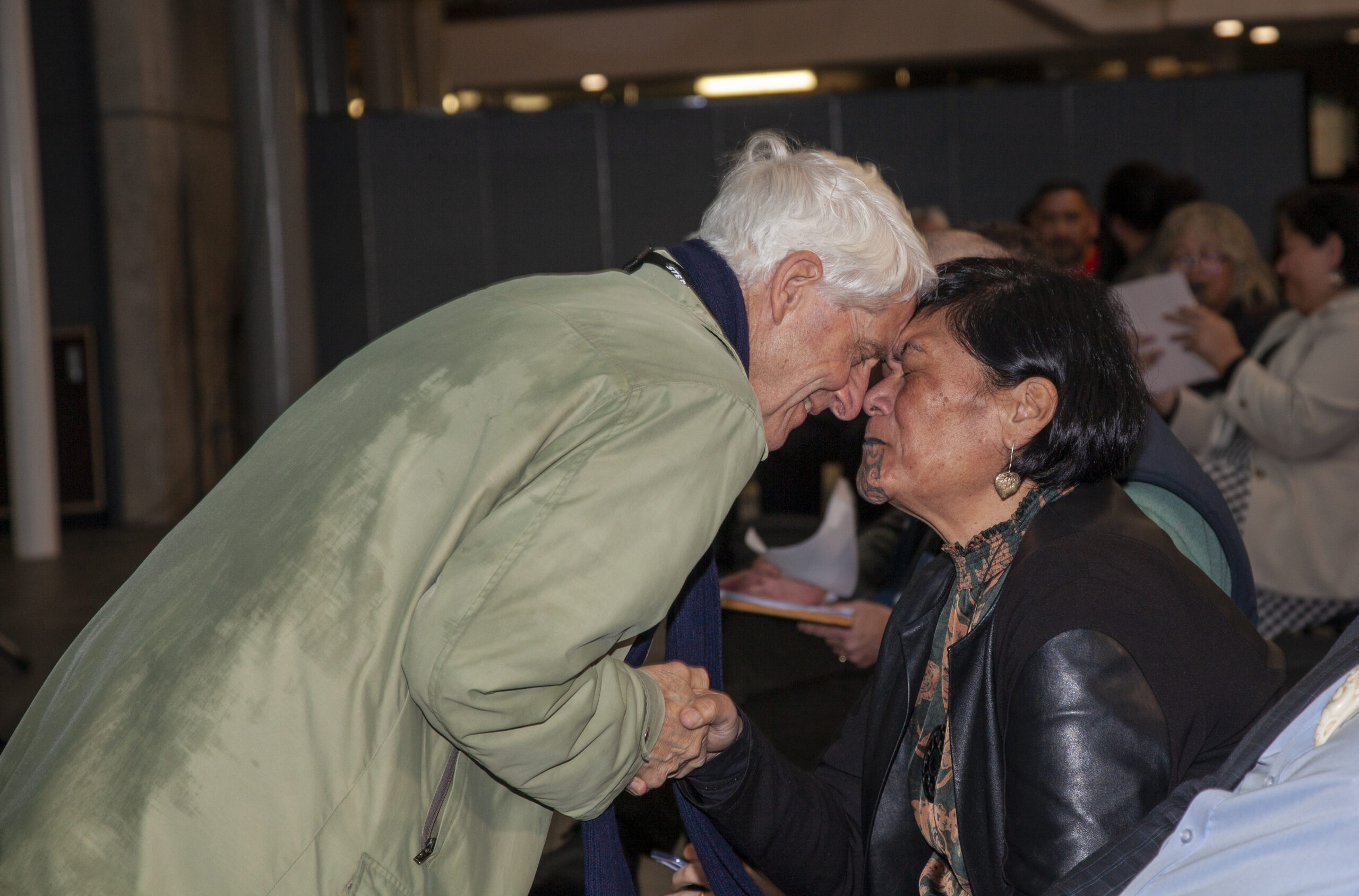
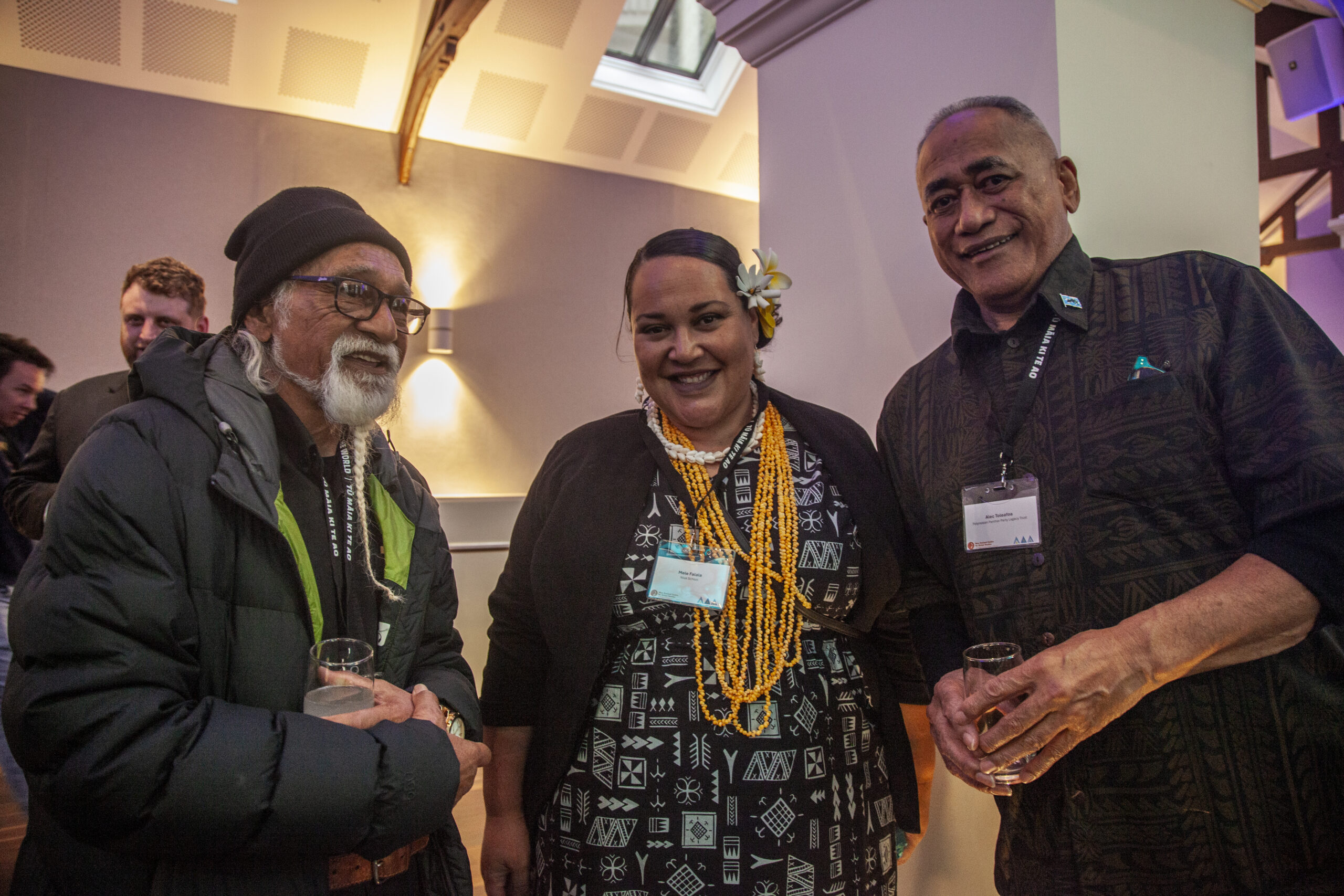
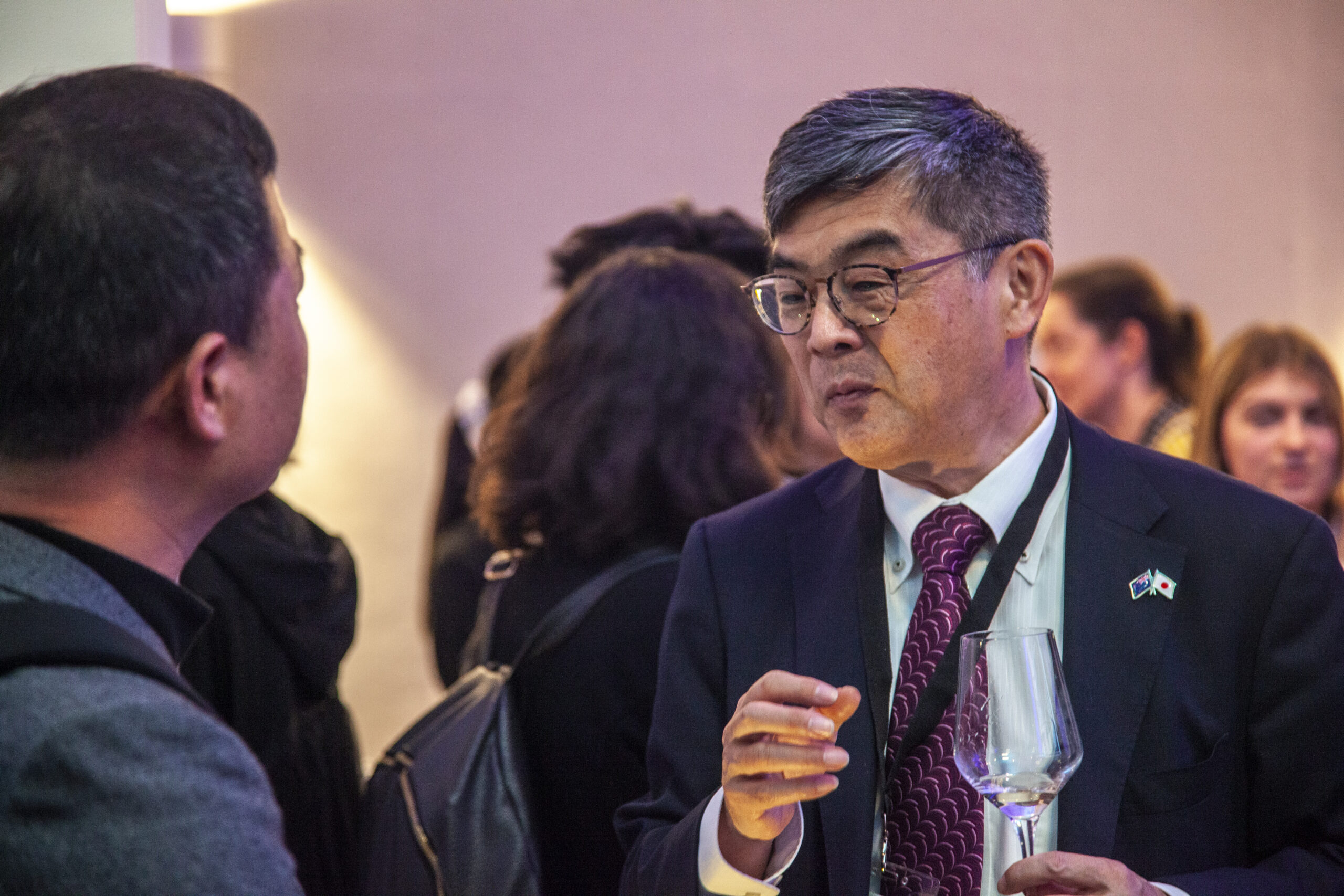
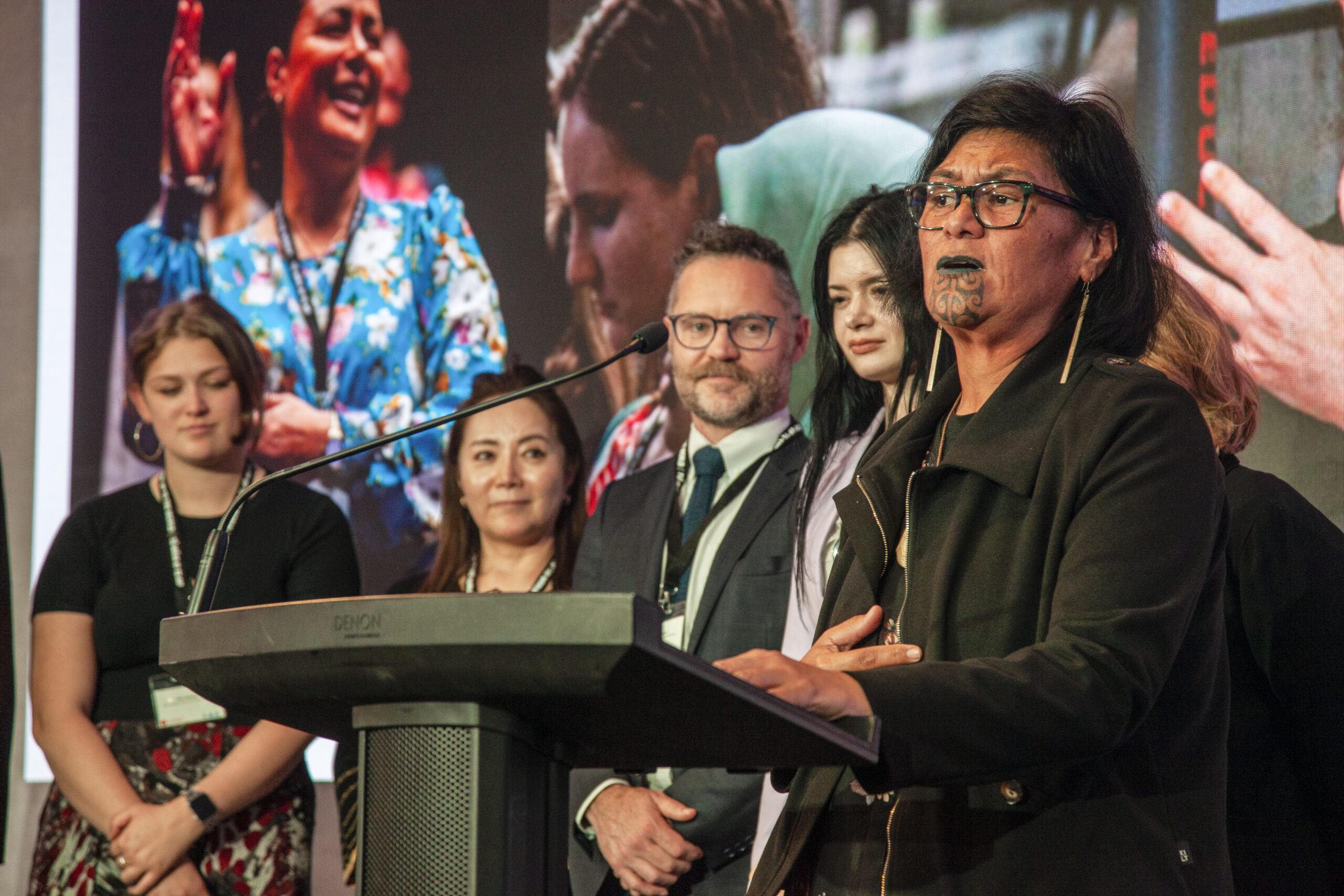
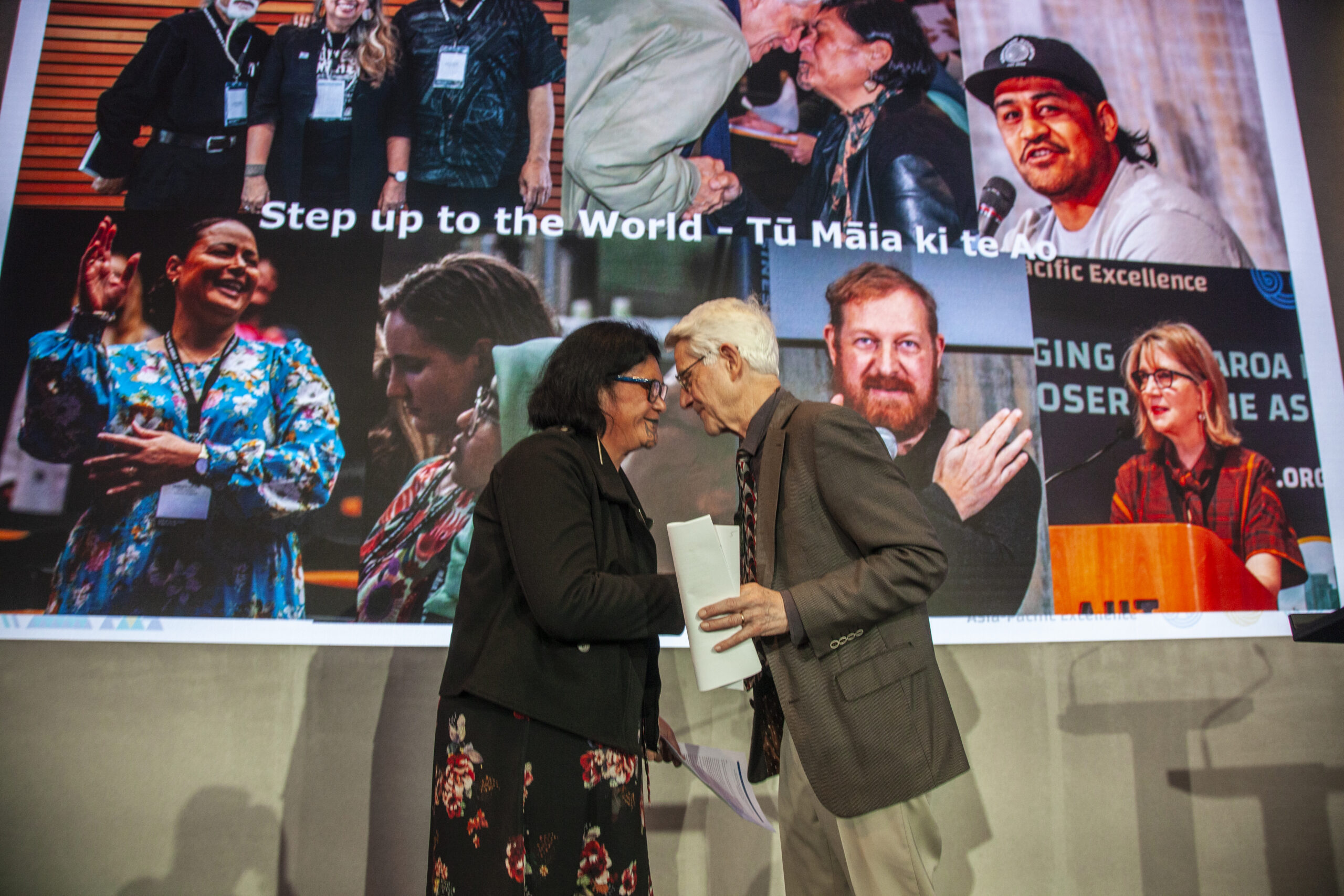
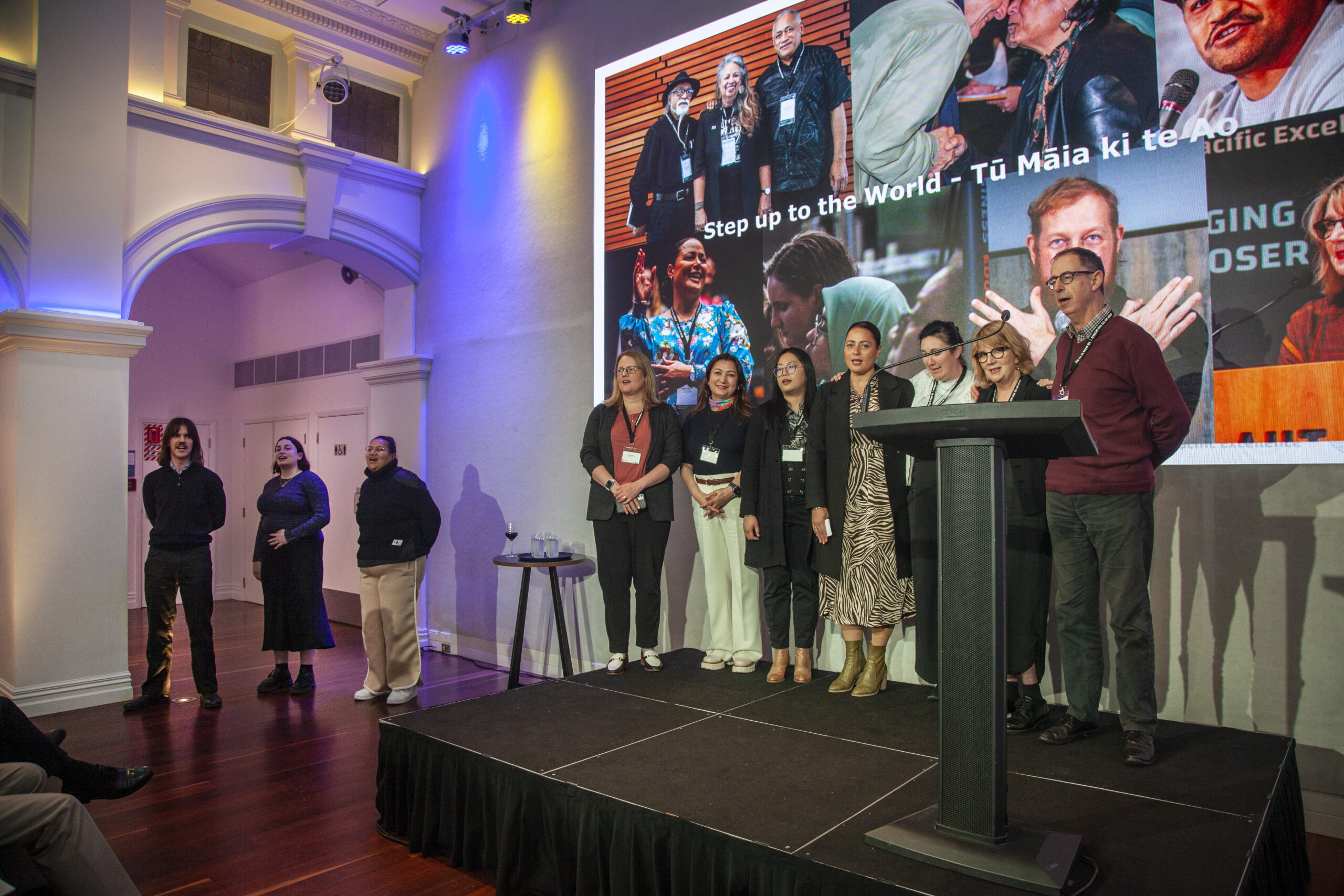
0 Comments